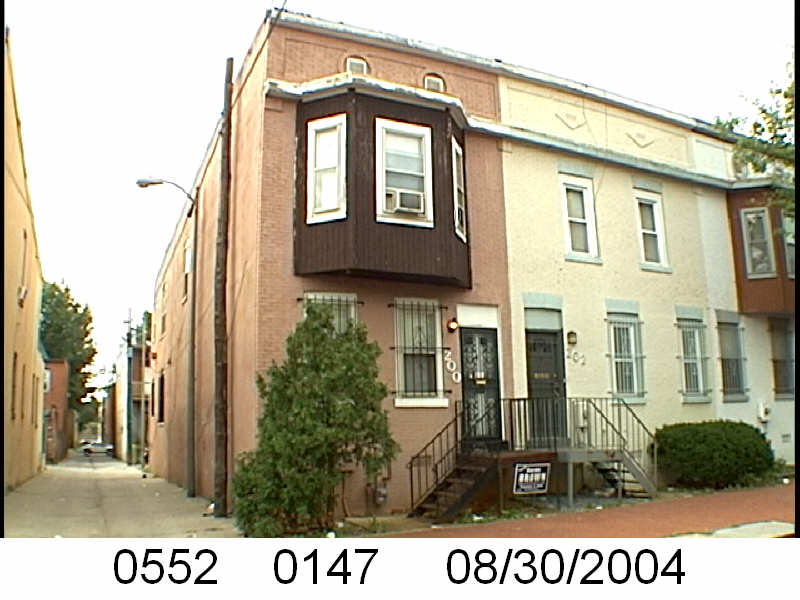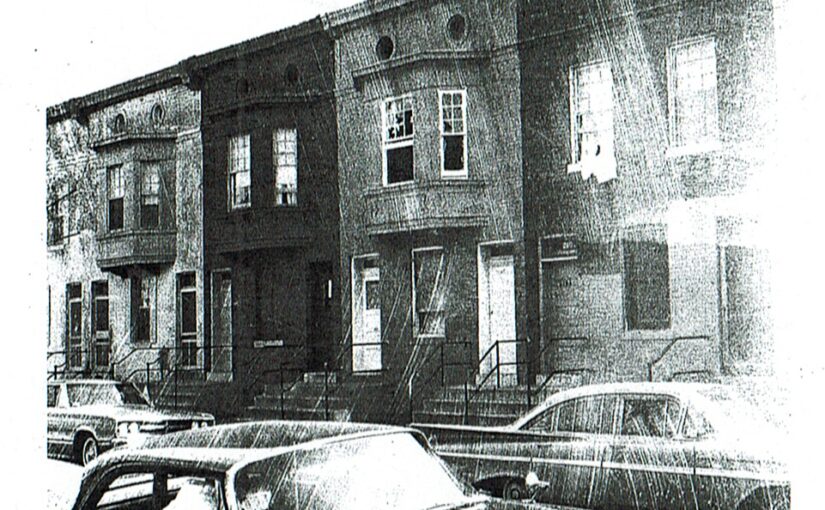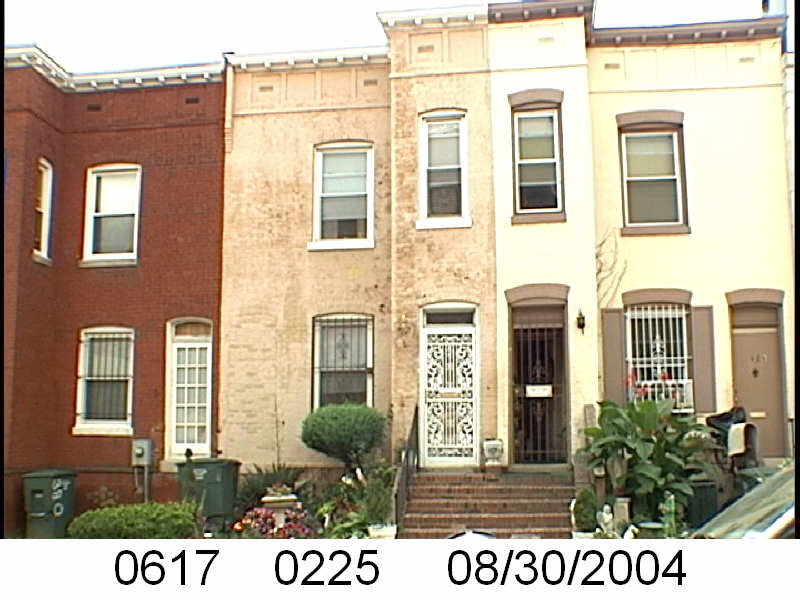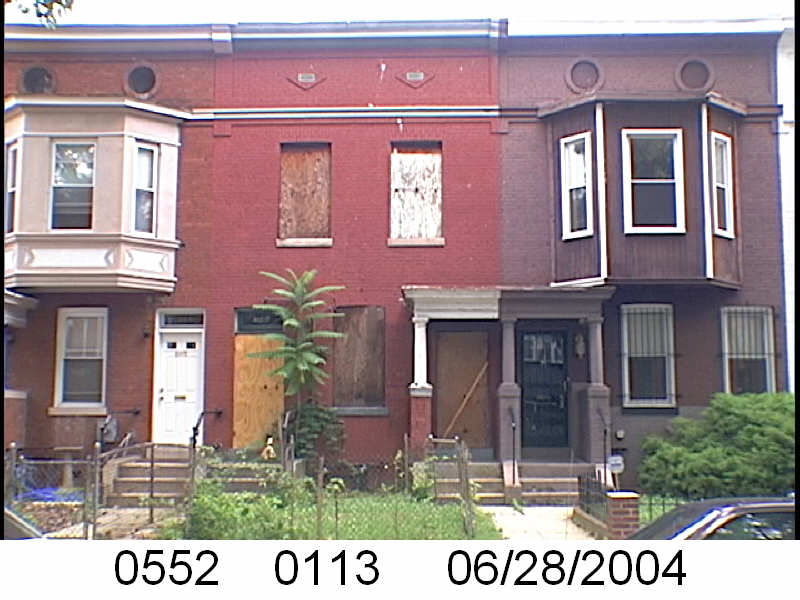The Washington Sanitary Improvement Company (WSIC) was a late 19th century charitable capitalism experiment that ended in the 1950s. This blog started looking at the homes that were supposed to be sold to African American home buyers, after decades of mainly renting to white tenants.
Looking at WSIC properties they tend to have a pattern where the properties were sold to a three business partners, Nathaniel J. Taube, Nathan Levin and James B. Evans as the Colonial Investment Co. for $3 million dollars. Those partners sold to African American buyers. There was usually a foreclosure. Then the property wound up in the hands of George Basiliko and or the DC Redevelopment Land Agency (RLA). Then there were the odd lucky ones who managed to avoid that fate.
Let’s see what happens with 200 Bates St NW:
- December 1950 (recorded Jan 18, 1951) Evans, Levin and Taube sold one-half of 200 Bates St NW to Ida J. and James W. Grayson.
- December 1950 (recorded Jan 18, 1951) the Graysons borrowed $3,025 from Colonial Investment Co. favorite trustees Abraham H. Levin and Robert G. Weightman.
- December 1950 (recorded Jan 18, 1951) Evans, Levin, and Taube sold the other half of 200 Bates St NW to Cleo T. and William Willis.
- December 1950 (recorded Jan 18, 1951) the Willis borrowed $3,025 from trustees Abraham H. Levin and Robert G. Weightman.
- August 1956 the Willis family lost their home to foreclosure and with an auction it returned to Evans, Taube and new partner Harry A. Badt.
- August 1956 (recorded 8/1958) as part of a larger property package, the Badts (Harry A. and wife Jennie) transferred their interest in 200 Bates St NW to Nathan Levin’s survivors.
- November 1961 the Graysons lost their half to foreclosure and via an auction the property went back to Evans, Taube and the Nathan Levin survivors.
- November 1961, as part of a larger property package, Evans, Taube, Levin’s survivors and their spouses sold 200 Bates St NW to Sophia and George Basiliko.
- November 1971, the Basilikos sold 200 and 204 Bates Street NW (document 1971023182) to the DC Redevelopment Land Agency (RLA).
- Sometime after 1971 the DC RLA transferred or sold the property to the BSA Limited Partnership.
- April 1982 the BSA Limited Partnership sold the property back to the District of Columbia government.
Let’s go down the checklist: Property sold in halves, check. Foreclosures, check. George Basiliko ownership, check. DC RLA ownership, check. Just another sad WSIC story.




